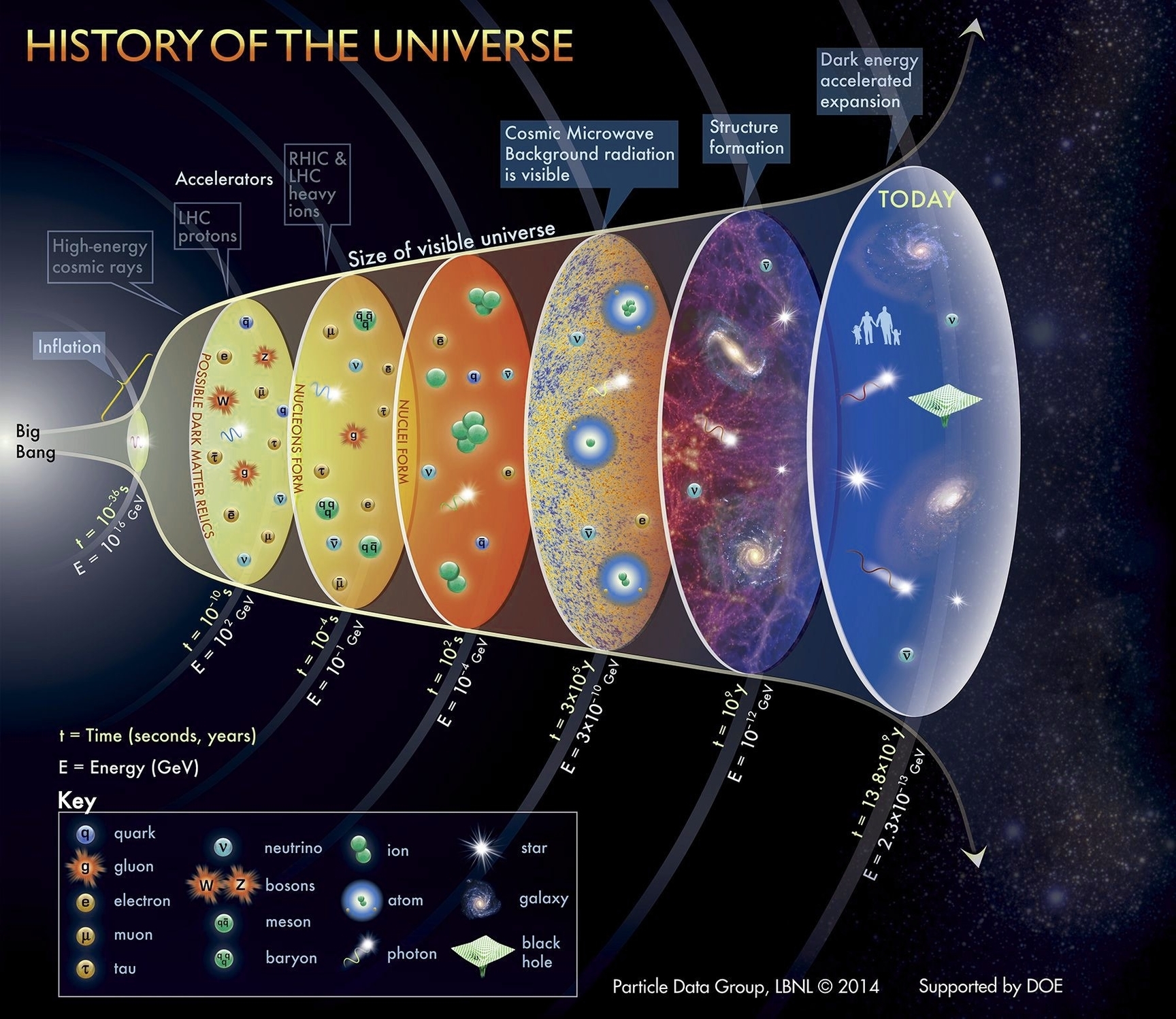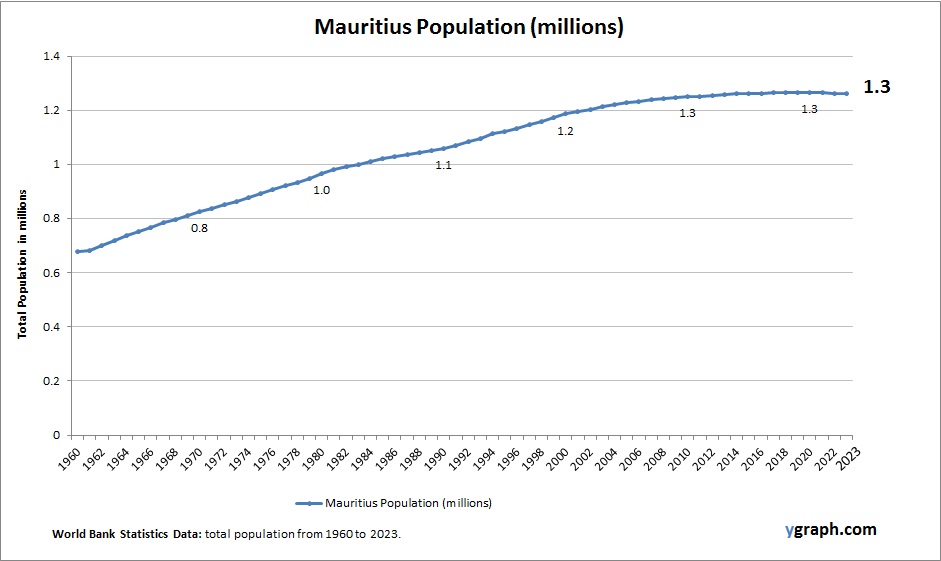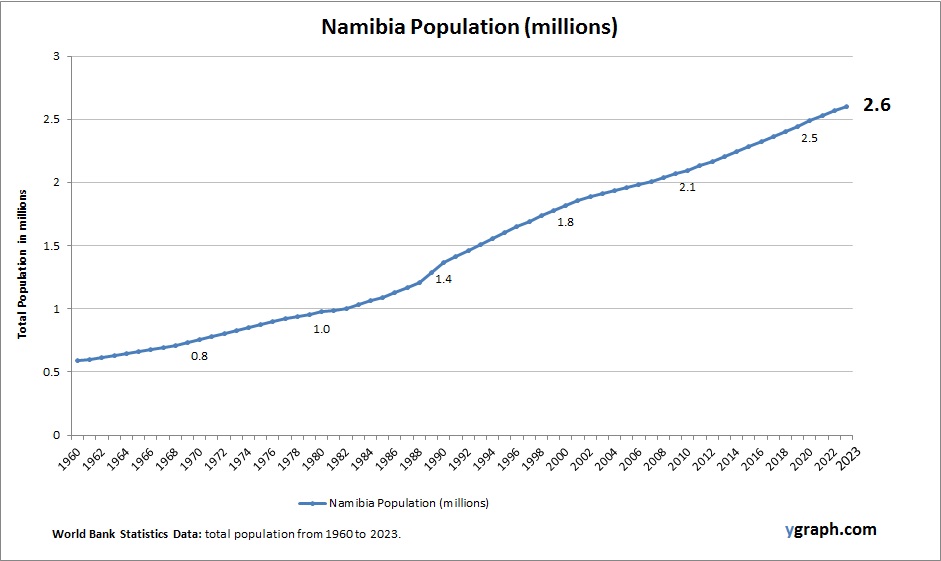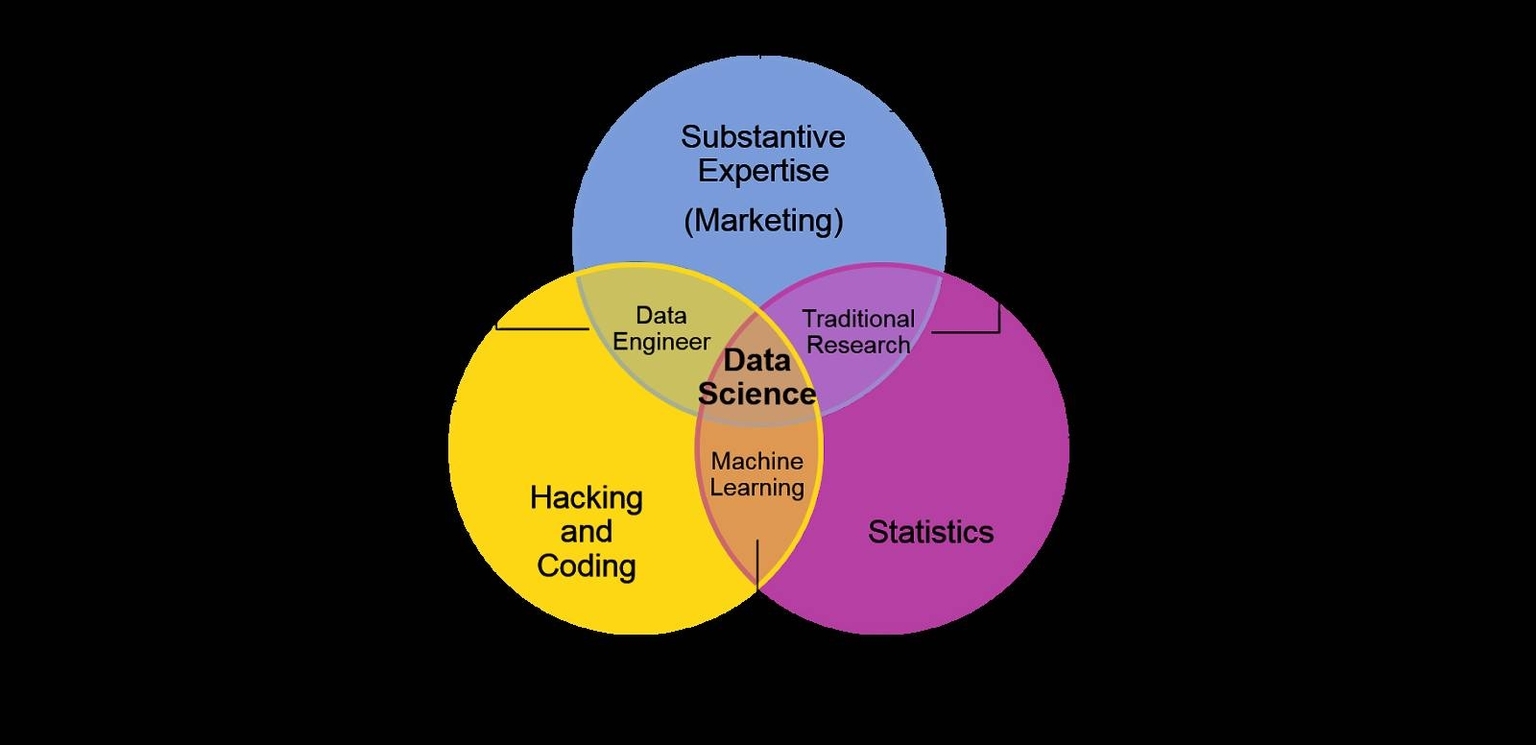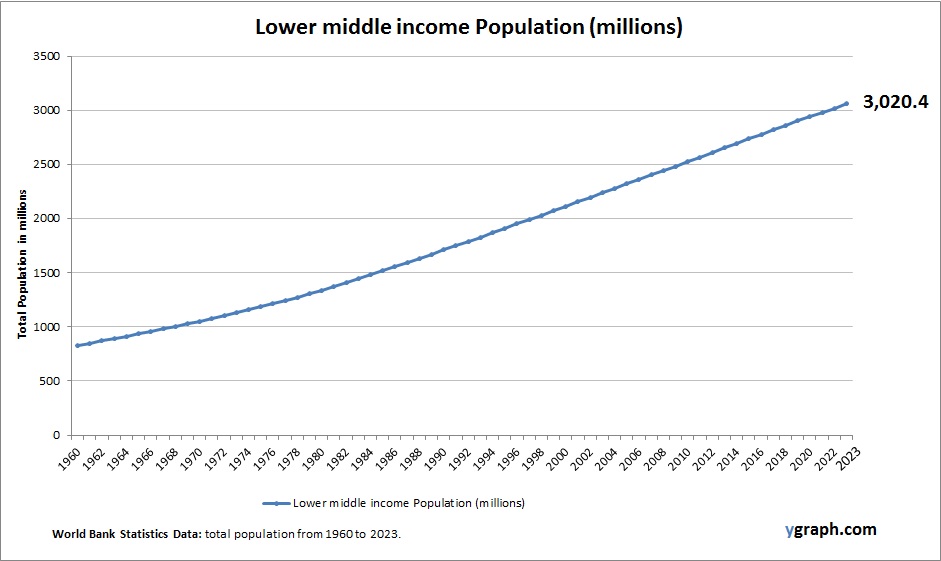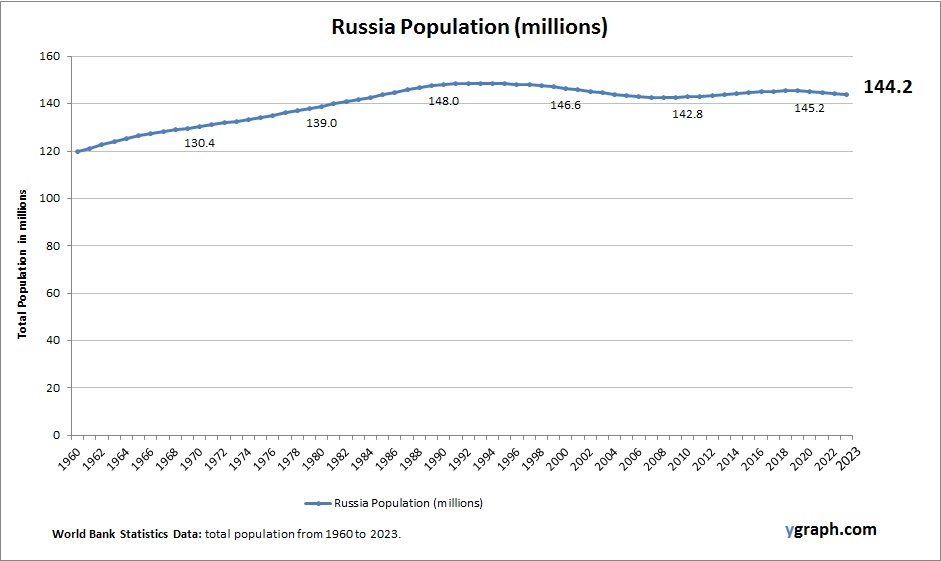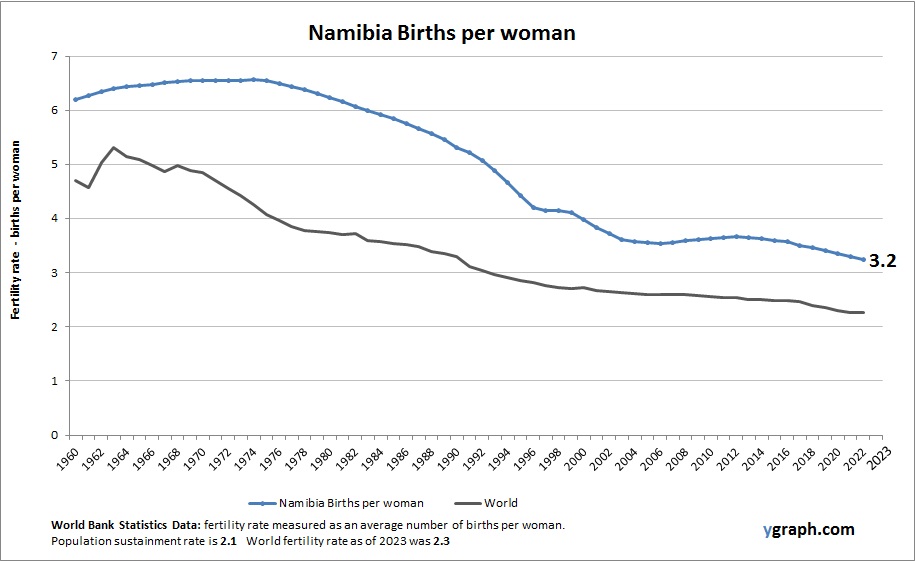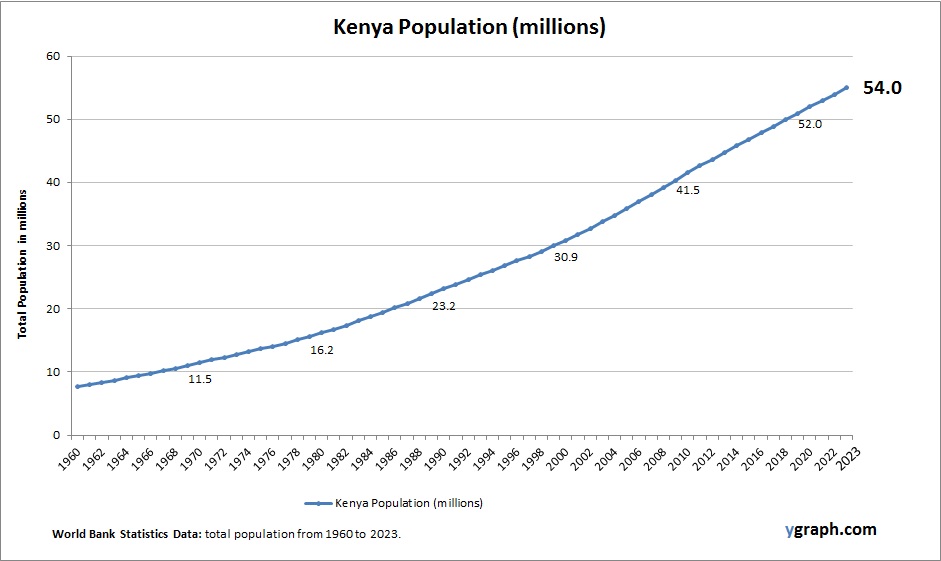The chronology of the universe is a timeline that describes the history and future of the universe according to Big Bang cosmology. The universe is believed to have originated from a singularity, a point of infinite density and temperature, around 13.8 billion years ago. The earliest stages of the universe’s existence are estimated to have taken place 13.8 billion years ago, with an uncertainty of around 21 million years at the 68% confidence level.
The chronology of the universe can be divided into five parts:
1. The very early universe: This period includes the Planck epoch, during which currently established laws of physics may not have applied; the emergence in stages of the four known fundamental interactions or forces first gravitation, and later the electromagnetic, weak and strong interactions; and the accelerated expansion of the universe due to cosmic inflation.
2. The first picosecond (10^-12) of cosmic time: During this period, the universe was dominated by radiation and elementary particles.
3. The first three minutes: This period saw the formation of light atomic nuclei, such as helium and deuterium, through the process of nucleosynthesis.
4. The first 380,000 years: During this period, the universe was a hot, dense plasma of particles and radiation. As it expanded and cooled, the plasma recombined into neutral atoms, allowing light to travel freely for the first time.
5. The subsequent evolution of the universe: This period includes the formation of galaxies, stars, and planets, as well as the accelerating expansion of the universe due to dark energy.
The current age of the universe is estimated to be around 13.8 billion years. The universe is expected to continue expanding indefinitely, with the rate of expansion increasing over time. The ultimate fate of the universe is still a topic of research and debate among scientists.
In summary, the chronology of the universe is a fascinating topic that has been studied by scientists for decades. It provides a glimpse into the history and future of our universe, from
